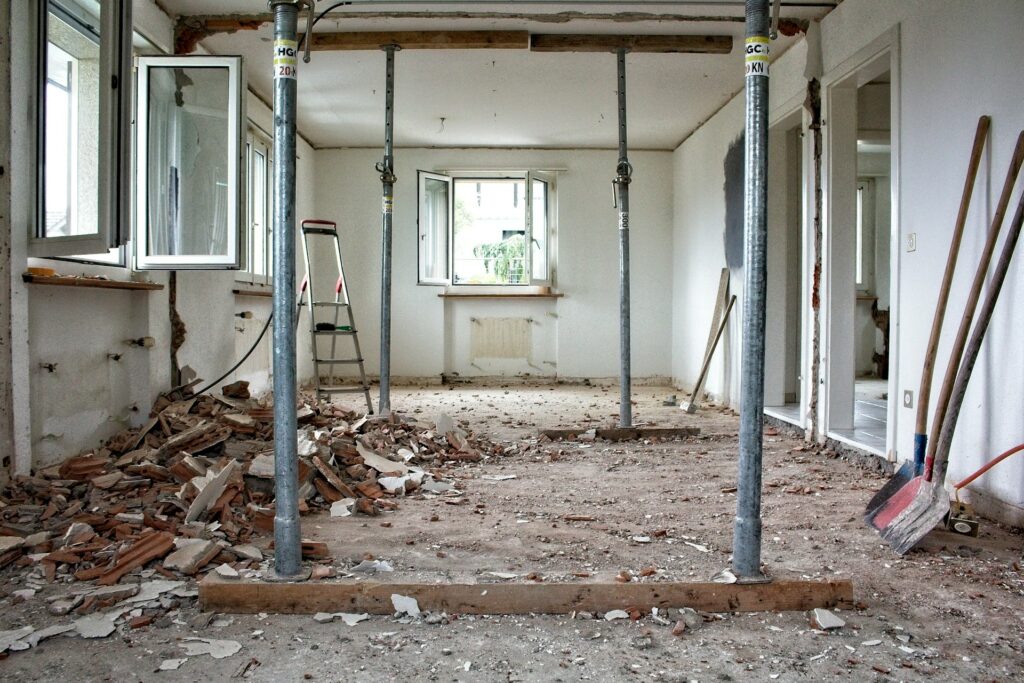While any competent surveyor will advise when licence to alter is required, it is ultimately the responsibility of the leaseholder to obtain a licence when necessary before undertaking alterations. A contractor is unlikely to ask for the relevant consent paperwork before beginning work, so in purely practical terms, it is perfectly possible to carry out works without a licence. This can be an expensive oversight, however, as the works are bound to come to light eventually.
In some cases, the landlord will learn that works are underway because of the disruption they cause. In others, the matter will come to light at a later date. Either way, in theory at least, they could argue that, in breaching the terms of the lease, the leaseholder has forfeited their right over the property and could lose their lease. More often, the landlord can require the leaseholder to undo the works (known as reinstatement) at their own expense. Alternatively, if the landlord is willing, reluctantly, to accept the alterations, it can demand financial compensation. Better than losing your lease, but far from ideal for the leaseholder. Nevertheless, there is another way.
If the landlord would have granted a licence if asked, it is not too late to do so retrospectively, which will at least ensure the paperwork is up-to-date and above board.
The landlord can also insist on a revised scheme of works. This means accepting the works, but including conditions the leaseholder might not have met, and will now have to comply with, again at their own expense.
Probably the most common reason leaseholders apply for retrospective consent is that the need for a licence comes to light when they want to sell their leasehold interest in the property – i.e. assign their lease. In doing so, they would be effectively selling a lease and a property that do not ‘match’. The buyer would then be in breach of their new lease from the moment of completion, and subject to the same penalties as the previous leaseholder who actually undertook the alterations without the correct consent. For this reason, any prospective buyer’s solicitor will insist the matter is dealt with before the sale goes ahead.
The actual process for applying for retrospective consent is not that different from the process when applying in advance. The key is to ensure that the terms of the licence fully reflect the ‘facts on the ground’.
How we can help
The EK Licence to Alter team are ready to help property managers and landlords deal with applications from leaseholders – or indeed to guide leaseholders in their own applications. Please feel free to contact us on enquiries@licencetoalter.com.



